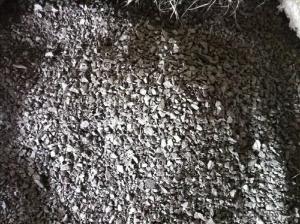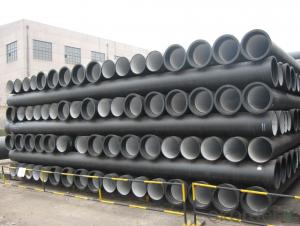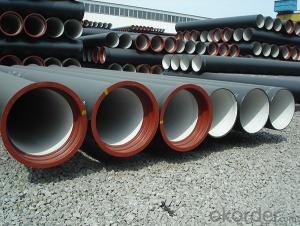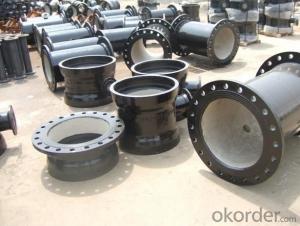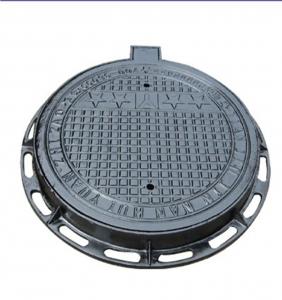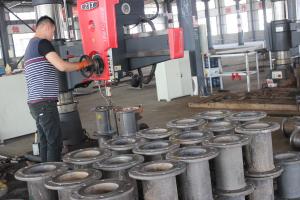Silicon Ferror 65%
- Loading Port:
- China Main Port
- Payment Terms:
- TT OR LC
- Min Order Qty:
- -
- Supply Capability:
- -
OKorder Service Pledge
OKorder Financial Service
You Might Also Like
Specifications
1 factory supply directly2 quality in guarantee
3 timely delivery
4certificate:SGS/CIQ/ISO
products information
Our factory supply 75% 72% 65% 45% four grades of ferrosilicon.
Ferrosilicon has been widely applied.in the steel industry, foundry industry and other industrial production.
Ferrosilicon is indispensable deoxidizer in the steel industry., ferrosilicon is used for precipitation deoxidation and diffusion deoxidation in Ju steel. Brick iron also as an alloying agent used in steelmaking. Adding a certain amount silicon to the steel can significantly improve the strength, hardness,elasticity and permeability of steel, reduce the hysteresis loss of transformer steel.
High ferrosilicon or silicon alloys is used for the production of low-carbon reductant in ferroalloy industry. Adding ferrosilicon to cast iron can be inoculant for ductile iron, and can prevent the formation of carbides, and promote the precipitation of graphite and the nodulizing, so as to improve performance of cast iron.
In addition, ferrosilicon powder can be used as a suspended phase in the mineral processing industry,and coatings for welding electrodes in the electrode manufacturing.
In the steel industry, one ton of steel consumes about 3 ~ 5kg75% ferrosilicon.
Melting point: 75FeSi to 1300 ℃
Brand | Chemical Composition/% | |||||||
| Si | Al | Ca | Mn | Cr | P | S | C |
| ≤ | |||||||
FeSi75A10.5-A | 74.0-80.0 | 0.5 | 1.0 | 0.4 | 0.3 | 0.035 | 0.02 | 0.1 |
FeSi75A10.5-B | 72.0-80.0 | 0.5 | 1.0 | 0.5 | 0.5 | 0.04 | 0.02 | 0.2 |
FeSi75A11.0-A | 74.0-80.0 | 1.0 | 1.0 | 0.4 | 0.3 | 0.035 | 0.02 | 0.1 |
FeSi75A11.0-B | 72.0-80.0 | 1.0 | 1.0 | 0.5 | 0.5 | 0.04 | 0.02 | 0.2 |
FeSi75A11.5-A | 74.0-80.0 | 1.5 | 1.0 | 0.4 | 0.3 | 0.035 | 0.02 | 0.1 |
FeSi75A11.5-B | 72.0-80.0 | 1.5 | 1.0 | 0.5 | 0.5 | 0.04 | 0.02 | 0.2 |
FeSi75A12.0-A | 74.0-80.0 | 2.0 | 1.0 | 0.4 | 0.3 | 0.035 | 0.02 | 0.1 |
FeSi75A12.0-B | 74.0-80.0 | 2.0 | 1.0 | 0.4 | 0.3 | 0.04 | 0.02 | 0.1 |
FeSi75A12.0-C | 72.0-80.0 | 2.0 |
| 0.5 | 0.5 | 0.04 | 0.02 | 0.2 |
FeSi75-A | 74.0-80.0 |
|
| 0.4 | 0.3 | 0.035 | 0.02 | 0.1 |
FeSi75-B | 74.0-80.0 |
|
| 0.4 | 0.3 | 0.04 | 0.02 | 0.1 |
FeSi75-C | 72.0-80.0 |
|
| 0.5 | 0.5 | 0.04 | 0.02 | 0.2 |
FeSi65 | 65.0-<72.0 |
|
| 0.6 | 0.5 | 0.04 | 0.02 |
|
FeSi45 | 40.0-47.0 |
|
| 0.7 | 0.5 | 0.04 | 0.02 |
|
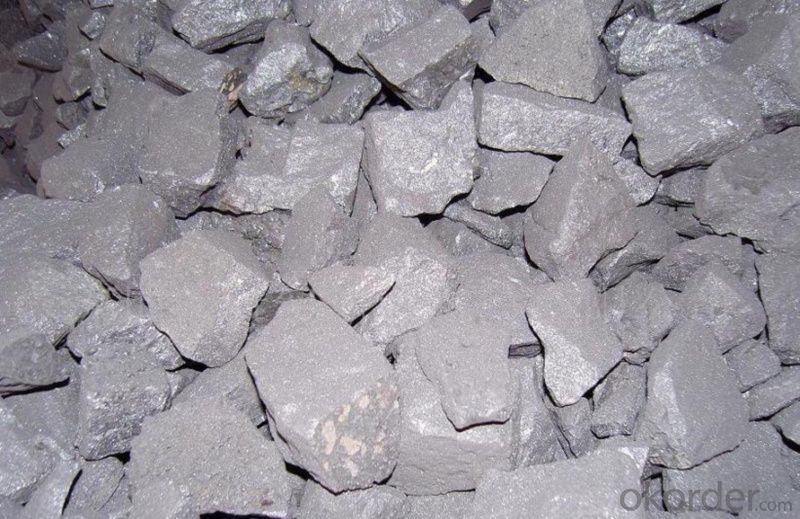
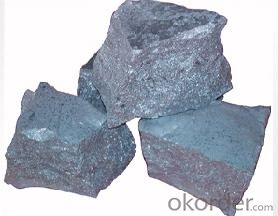
- Q:Can ductile iron pipes be used in areas with high temperature variations?
- Yes, ductile iron pipes can be used in areas with high temperature variations. Ductile iron has a high resistance to thermal expansion and contraction, making it suitable for withstanding temperature fluctuations without compromising its structural integrity or performance.
- Q:Does the cast iron pipe need separate corrosion protection?
- Ductile iron is characterized by its ease of decay and deformation, so if it is not a particular requirement, there is no need to do it alone
- Q:Are ductile iron pipes suitable for use in brewery facilities?
- Yes, ductile iron pipes are suitable for use in brewery facilities. Ductile iron pipes are durable, corrosion-resistant, and can withstand high-pressure applications, making them ideal for transporting water, steam, and other fluids within brewery facilities. Additionally, the smooth interior surface of ductile iron pipes minimizes friction and prevents the build-up of sediments or organic materials, ensuring the purity and quality of the beer being produced.
- Q:Even after purchasing a new iron, the stains still appear. I also use distilled water in my iron. Could it be the pad? Does anyone have any answers? What could be the problem?
- Place a cloth on the pad and test it. Honestly get to the bottom of this before you iron. Iron a test rag or cloth and start hot then less hot etc untill its clear. Be sure to look at the questionable fabric also.
- Q:Can ductile iron pipes be used for underground hydropower systems?
- Yes, ductile iron pipes can be used for underground hydropower systems. Ductile iron pipes are known for their strength and durability, making them suitable for various applications, including underground installations. They have excellent resistance to corrosion and can withstand high pressure, making them ideal for carrying water in hydropower systems. Ductile iron pipes also have a long lifespan, reducing the need for frequent replacements and minimizing maintenance costs. Additionally, they have good joint integrity, ensuring leak-free connections underground. Therefore, ductile iron pipes are a reliable choice for underground hydropower systems.
- Q:1 ) the nutrient substance iron, right ?2 ) I think I have an iron deficiency. What foods/drinks are rich in iron ?
- m ability to smoke 20 cigars while running a mile
- Q:What are some plant processes that involve iron? or how do plant cells use iron?
- Plants use inorganic minerals for nutrition, whether grown in the field or in a container. Iron is one of the micro nutrients required by the plants. Iron is necessary for many enzyme functions and as a catalyst for the synthesis of chlorophyll. It is essential for the young growing parts of plants. Deficiencies are pale leaf color of young leaves followed by yellowing of leaves and large veins. Iron is lost by leaching and is held in the lower portions of the soil structure. Under conditions of high pH (alkaline) iron is rendered unavailable to plants. When soils are alkaline, iron may be abundant but unavailable. Applications of an acid nutrient formula containing iron chelates, held in soluble form, should correct the problem.
- Q:What are the different methods for joining ductile iron pipe?
- There exists a variety of methods to join ductile iron pipe, each possessing its own advantages and limitations. One commonly utilized technique is the mechanical joint (MJ) coupling, where a rubber gasket, bolts, and nuts are employed to establish a watertight seal between pipe sections. This method is comparatively swift and straightforward to install, although it necessitates the expertise of a skilled technician to ensure proper alignment and bolt tightening to prevent leakage. Another approach is the flanged joint, which involves equipping the pipe ends with flanges that are fastened together using gaskets to form a secure seal. This method permits easy disassembly and reassembly of pipe sections, making it suitable for applications requiring frequent maintenance or alterations. However, it is more costly and time-consuming when compared to other methods. A widely employed method is the push-on joint (POJ), wherein a rubber gasket and a special lubricant are utilized to slide the pipe ends together. This technique yields a reliable and watertight seal, and installation is relatively rapid and simple. However, it necessitates proper alignment and cautiousness to prevent damage to the gasket during assembly. An alternative option is the restrained joint (RJ), which utilizes a mechanical joint coupling with additional features to resist axial forces or thrusts. This method is commonly employed in applications where the pipe is subjected to internal pressure, external loads, or seismic activity. It offers a secure and rigid connection but may require specialized tools and training for installation. Lastly, welding is another method for joining ductile iron pipe. This involves heating the pipe ends and melting a filler metal to create a permanent bond. Welding provides a strong and durable connection, but it demands skilled welders and additional time for preparation, welding, and cooling. It is often employed for specific applications, such as joining sections of pipe with different diameters or connecting to other materials. In conclusion, the various methods for joining ductile iron pipe encompass mechanical joint coupling, flanged joint, push-on joint, restrained joint, and welding. The selection of the method relies on factors such as application requirements, installation time, maintenance needs, and budget.
1. Manufacturer Overview |
|
|---|---|
| Location | |
| Year Established | |
| Annual Output Value | |
| Main Markets | |
| Company Certifications | |
2. Manufacturer Certificates |
|
|---|---|
| a) Certification Name | |
| Range | |
| Reference | |
| Validity Period | |
3. Manufacturer Capability |
|
|---|---|
| a)Trade Capacity | |
| Nearest Port | |
| Export Percentage | |
| No.of Employees in Trade Department | |
| Language Spoken: | |
| b)Factory Information | |
| Factory Size: | |
| No. of Production Lines | |
| Contract Manufacturing | |
| Product Price Range | |
Send your message to us
Silicon Ferror 65%
- Loading Port:
- China Main Port
- Payment Terms:
- TT OR LC
- Min Order Qty:
- -
- Supply Capability:
- -
OKorder Service Pledge
OKorder Financial Service
Similar products
New products
Hot products
